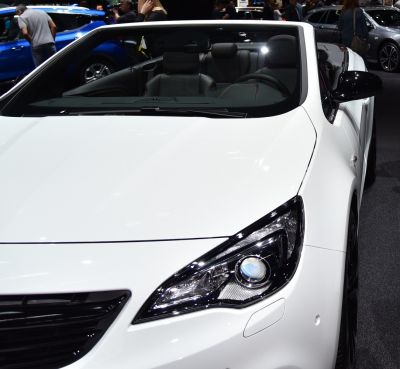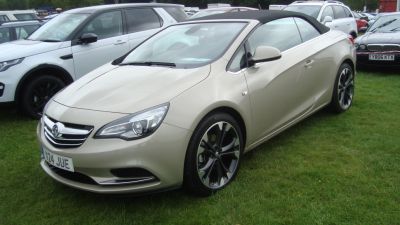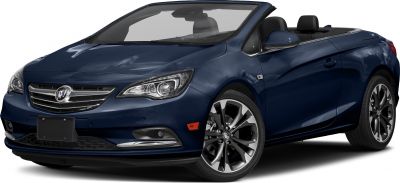 1952 Mercedes-Benz W188 I Cabriolet A Dimensions, Size & Specs
1952 Mercedes-Benz W188 I Cabriolet A Dimensions, Size & SpecsMeasurements of the 1952 Mercedes-Benz W188 I Cabriolet A, engineered for optimal performance and comfort
| Dimensions | |
|---|---|
| Length: | 4730 mm186.2 in15.5 ft |
| Width: | 1910 mm75.2 in6.3 ft |
| Height: | 1510 mm59.4 in5.0 ft |
| Weight Specifications | |
| Curb Weight: | 1740 kg3836 lbs |
| Maximal permitted Weight: | 2000 kg4409 lbs |
The Mercedes-Benz W188 I Cabriolet A, produced between 1951 and 1955, is a quintessential classic cabriolet that epitomizes luxury and elegance from the early 1950s. This iconic model measures 4730 mm (186.2 inches) in length, 1910 mm (75.2 inches) in width, and stands 1510 mm (59.4 inches) tall, offering a well-proportioned and refined silhouette typical of luxury vehicles of its era. The car’s curb weight is 1740 kg (3836 lbs), with a maximum weight capacity of 2000 kg (4409 lbs), underscoring a robust build quality that ensures both durability and a smooth ride.
This model was designed as a cabriolet, emphasizing open-top driving pleasure combined with Mercedes-Benz’s signature craftsmanship and performance. Its generous width provided a spacious cabin relative to its vintage contemporaries, while the overall length gave it a commanding road presence. The moderate height balanced aerodynamics with comfort, accommodating a gracefully styled roofline that could be retracted for open-air driving.
In the context of classic car sizes, the W188 I Cabriolet A stands out with its blend of stately proportions and lightweight construction for the period. Its impressive dimensions and weight reflect the use of quality materials typical of luxury vehicles of the 1950s. Collectors and enthusiasts appreciate this generation not only for its aesthetic appeal but also for how its size and build contribute to its driving dynamics and classic status.
Overall, the Mercedes-Benz W188 I Cabriolet A remains a symbol of post-war automotive design excellence, combining tradition, luxury, and performance within a timeless open-top framework.
Discover the standout features that make the 1952 Mercedes-Benz W188 I Cabriolet A a leader in its class
Have a question? Please check our knowledgebase first.
The Mercedes-Benz W188 I Cabriolet A has a length of 4730 mm (186.2 inches), a width of 1910 mm (75.2 inches), and a height of 1510 mm (59.4 inches). These dimensions contribute to the car's elegant and imposing presence on the road, characteristic of luxury convertibles from the early 1950s. Its length and width provide a spacious and comfortable cabin area, while the moderate height ensures a sleek visual profile, perfect for a classic cabriolet.
The Mercedes-Benz W188 I Cabriolet A has a curb weight of approximately 1740 kg (3836 lbs). This represents the car's weight with standard equipment and fluids but without passengers or cargo. Its maximum weight, which includes passengers and cargo, is up to 2000 kg (4409 lbs). This weight class reflects the solid construction and luxury materials used in this classic convertible, contributing to its smooth ride and road presence.
Considering the Mercedes-Benz W188 I Cabriolet A’s dimensions—4730 mm (186.2 inches) in length, 1910 mm (75.2 inches) in width, and 1510 mm (59.4 inches) in height—it can fit into many standard garages. However, garage sizes vary, and some may have narrower widths or limited length. Standard single-car garage widths typically start around 2400 mm (94.5 inches), which would accommodate the W188’s width comfortably. Height is less likely to be an issue, as typical garage door heights exceed 2000 mm (78.7 inches). Ensuring adequate clearance for length is essential, as 4730 mm (15.5 feet) requires sufficient depth in the garage.
With a width of 1910 mm (75.2 inches), the Mercedes-Benz W188 I Cabriolet A is relatively broad, especially for a car produced in the early 1950s. Modern luxury convertibles typically range from about 1800 mm to 1900 mm (71 to 75 inches) wide, so the W188’s width is comparable or even on the larger side. This broad stance contributes to stability and gives the car a stately road presence that remains impressive compared to many contemporary competitors.
The Mercedes-Benz W188 I Cabriolet A is primarily a two-door cabriolet designed for four passengers. While exact interior dimensions are not commonly documented, its overall length and width suggest a spacious and comfortable cabin, especially for a luxury car of its era. The rear seating area accommodates two passengers but with limited legroom compared to modern standards. The open-top design enhances the sense of space, making it ideal for leisurely drives with ample shoulder room for front passengers.
Standing at 1510 mm (59.4 inches) tall, the Mercedes-Benz W188 I Cabriolet A has a relatively low profile. This low height not only enhances its classic sports car aesthetics but also contributes to better aerodynamics for its time. The sleek cabriolet design helps reduce wind resistance, which can improve fuel efficiency and stability at higher speeds. Lower height also means a lower center of gravity, which positively impacts handling and driving dynamics.
The Mercedes-Benz W188 I Cabriolet A succeeded Mercedes-Benz’s earlier luxury models but was distinct as a more exclusive and elegant grand touring cabriolet, produced between 1951 and 1955. Compared to predecessor models like the W136 series, the W188 featured longer and wider body dimensions—4730 mm (186.2 inches) in length and 1910 mm (75.2 inches) in width—which allowed for a more commanding presence and enhanced passenger comfort. Design-wise, the W188 introduced flowing, luxurious lines characteristic of post-war automotive styling, setting it apart with a blend of sophistication and sportiness.
The Mercedes-Benz W188 I Cabriolet A holds a special place among 1950s luxury cabriolets. With its robust curb weight of 1740 kg (3836 lbs) and wide dimensions, it was larger and heavier than many contemporaries, such as the Jaguar XK120 convertible and certain Italian roadsters. Its build quality, interior luxury, and engineering excellence gave it an edge in comfort and road manners. While some competitors were more focused on sporty agility, the W188 emphasized refinement combined with performance, reflecting Mercedes-Benz's commitment to grand touring luxury cars.
While exact cargo capacity figures for the Mercedes-Benz W188 I Cabriolet A are scarce, as a luxury cabriolet designed in the early 1950s, it typically offers limited trunk space. The convertible roof mechanism occupies space within the rear area, reducing storage size compared to sedans. Owners could expect modest luggage accommodation suitable for short trips or light packing — enough for essentials but not large suitcases. This limitation is typical for convertibles of this era, where aesthetics and passenger experience were prioritized over cargo capacity.
The Mercedes-Benz W188 I Cabriolet A, with a curb weight of approximately 1740 kg (3836 lbs), features a body and chassis design typical of early 1950s luxury vehicles, which provided a fairly balanced weight distribution. Though exact weight distribution ratios are not well-documented, the layout contributed to stable handling and a smooth ride, favoring comfortable cruising rather than aggressive sporty handling. The heavy but well-balanced construction helped the vehicle maintain composure on various road surfaces, enhancing its status as a grand tourer.
Discover similar sized cars.

| Production: | 2013-2019 |
|---|---|
| Model Year: | 2013 |
| Length: | 4696 mm184.9 in |
| Width: | 2020 mm79.5 in |
| Height: | 1443 mm56.8 in |

| Production: | 2013-2018 |
|---|---|
| Model Year: | 2013 |
| Length: | 4696 mm184.9 in |
| Width: | 2020 mm79.5 in |
| Height: | 1443 mm56.8 in |

| Production: | 2016-present |
|---|---|
| Model Year: | 2016 |
| Length: | 4696 mm184.9 in |
| Width: | 1839 mm72.4 in |
| Height: | 1447 mm57.0 in |
